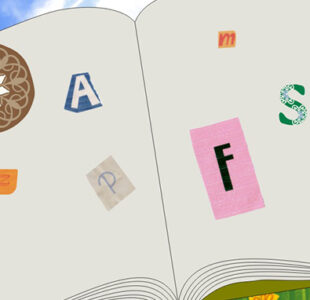Paperclips in History: The Norwegian Resistance Movement
During World War 2, Nazi Germany conquered Norway, and the country’s populace suffered immensely under the harsh dictatorship. Yet, a number of courageous individuals known as the Norwegian Resistance refused to submit to the occupation and fought against the Nazis. Their bravery and sacrifice are still remembered today, and the story of the paperclips exemplifies their ingenuity and courage.
Nazi Germany invaded Norway in 1940, and the occupation lasted until 1945. The Norwegian people were subjected to severe treatment, including forced labour, deportation, and execution, as soon as the Nazis seized control of the country’s government and resources.
One of the most major acts of resistance perpetrated by the Resistance was the sabotage of a heavy water facility at Rjukan, Norway. Heavy water is an essential component of nuclear weapons, and the Nazis utilised this facility to generate it. In order to stop the Nazis from obtaining the heavy water required to construct nuclear bombs, the Resistance collaborated with the Allies to demolish the factory.
The demolition of the heavy water plant dealt a tremendous setback to the Nazi war effort, but it did not come without a price. The Resistance was forced into hiding as a result of Nazi reprisals against the Norwegian people.
This is where the narrative of the paperclips begins. The paperclip was patented in 1899 by Norwegian inventor Johan Vaaler. The paperclip was a simple and practical means to bind documents, and it quickly gained popularity worldwide. The paperclip was chosen by the Norwegian Resistance as a symbol of their resistance and unity. They would put paperclips on their lapels as a secret indication to identify one another.
The paperclip quickly became a powerful symbol of the Resistance, but it was not enough. Without being picked up by the Nazis, the Resistance needed a means of communication. They started using the paperclip as a code word in their messages. For instance, a message might state, “We need more paperclips,” indicating that they required additional supplies for their operations.
The Resistance was able to communicate effectively and safely because the Nazis were unaware of the code. Johan K. Stenersen, a Norwegian businessman, discovered in 1943 that the Nazis had ordered all Norwegian enterprises to supply them with paperclips. Stenersen recognised this as an opportunity to aid the Resistance because the Nazis required the paperclips for their bureaucracy. In order to supply paperclips to the Resistance in Sweden, he began smuggling them out of the country.
As Stenersen’s business expanded, he ultimately sent the Resistance over 800,000 paperclips. Paperclips were utilised for a variety of purposes, including the tying of documents together and the construction of improvised handcuffs for the confinement of criminals. The paperclips became a symbol of optimism and resistance for the Norwegian people.
After the war, the paperclip became a symbol of the Norwegian Resistance’s tenacity and courage. A strong representation of the human spirit’s capacity to fight oppression and tyranny, the paperclip has been used in numerous Resistance memorials and exhibits.
The tale of the Norwegian Resistance and the paperclips is a magnificent example of the perseverance and creativity of the human spirit. The Resistance refused to surrender to the terrible Nazi occupation, and they used the paperclip, a commonplace object, to organise, communicate, and resist. The story of the paperclips tells us that we may find hope and courage even in the darkest of circumstances.


